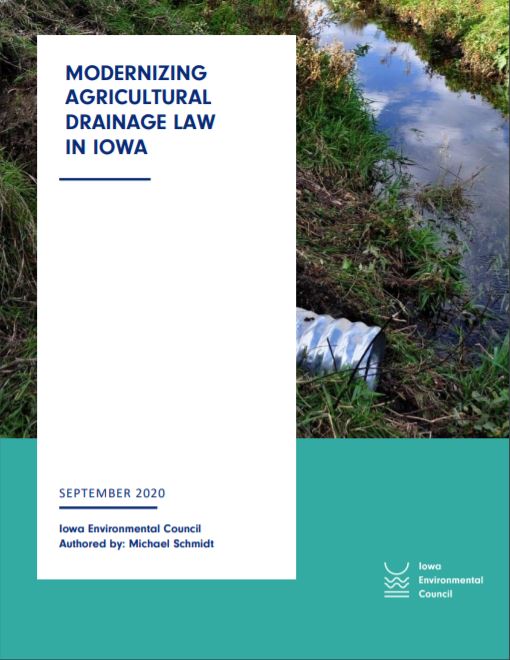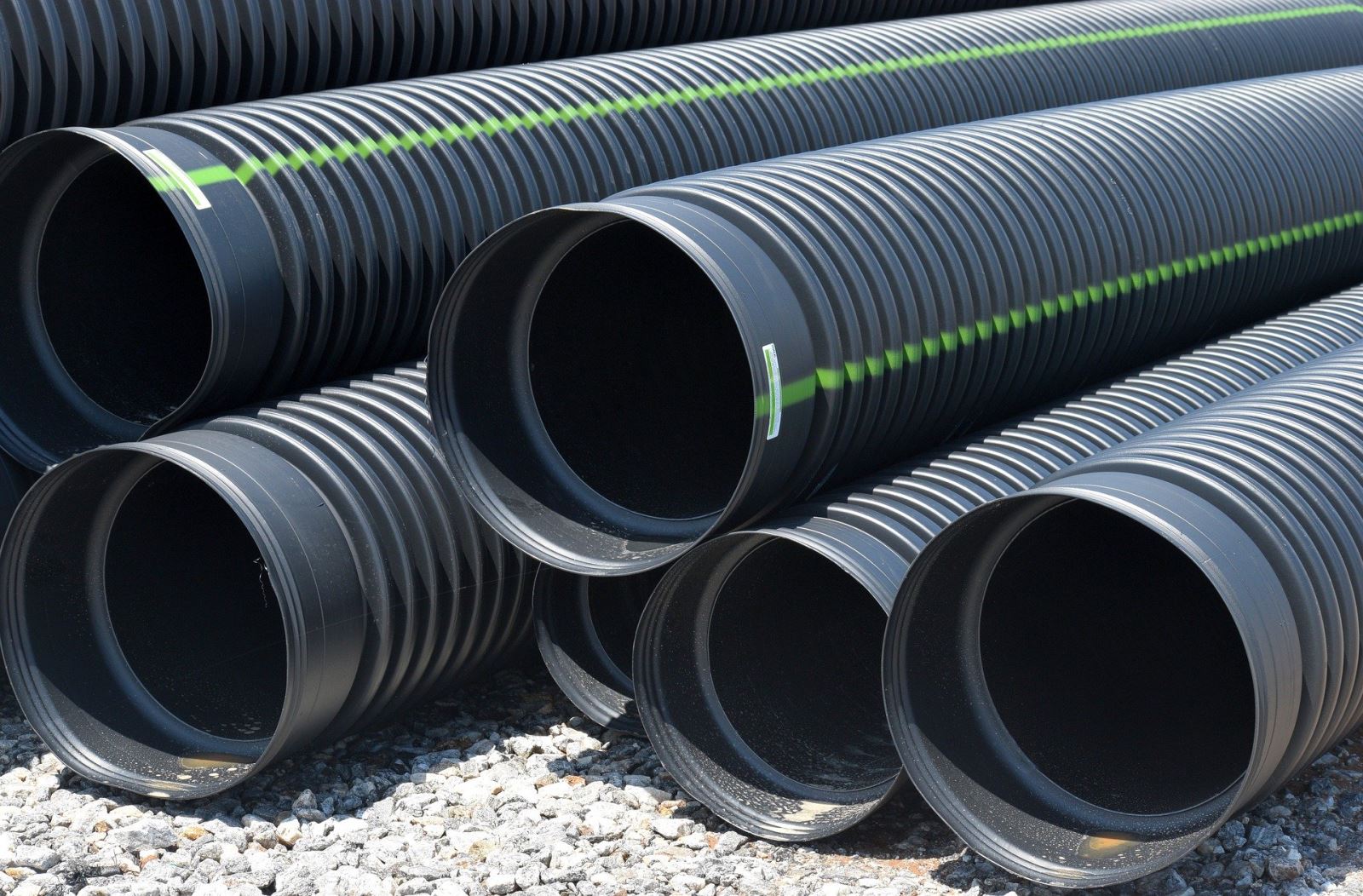IEC Releases Report on Modernizing Drainage Law in Iowa
posted
on Thursday, September 24, 2020
in
Water and Land News
 DES MOINES – The Iowa Environmental Council, the state’s largest non-profit environmental coalition, today released Modernizing Agricultural Drainage Law in Iowa, which analyzed state laws in the region to identify deficiencies in Iowa drainage law.
DES MOINES – The Iowa Environmental Council, the state’s largest non-profit environmental coalition, today released Modernizing Agricultural Drainage Law in Iowa, which analyzed state laws in the region to identify deficiencies in Iowa drainage law.
“Iowa has archaic drainage law that doesn’t align with our goals or our values,” said Michael Schmidt, staff attorney with the Iowa Environmental Council. “Nearby states have laws to protect water quality while still supporting productive agriculture. Iowa is utterly deficient in protecting water quality through drainage infrastructure. We should set higher expectations for landowners to protect our public resources.”
Modernizing Agricultural Drainage Law in Iowa evaluates the drainage laws of ten Midwestern and Great Plains states as well as Manitoba, Canada, and the Netherlands. Many of the other jurisdictions have expectations for landowners to maintain conservation practices, obtain permits, or protect water quality in other ways. Iowa does not.

Agricultural drainage takes the form of surface ditches and subsurface drainage known as “tile drainage.” Iowa has more tile drainage than any other state and 25 percent of the tile drainage in the country. Iowa also has more drainage districts than other states, which regulate surface ditches that can move tile drainage downstream. Tile drainage is a major vehicle for moving nitrate into the state’s rivers and streams.
“Without changes in policy to align with other Midwest states, we are destined to keep seeing higher nitrate concentrations and to stay on the 31,000-year pace for meeting our goals,” said Schmidt, referring to the 2019 IEC publication The Slow Reality of the NRS. “We need mandatory participation in conservation to make progress.”
The report specifically identifies management practices that Iowa can take, citing a reference guide produced by IEC member organization EOR Engineering. It also provides example legislation from other states.
Read the full report.
- clean water
- land stewardship
- nutrient reduction strategy
- phosphorus pollution
- riparian buffers
- water quality